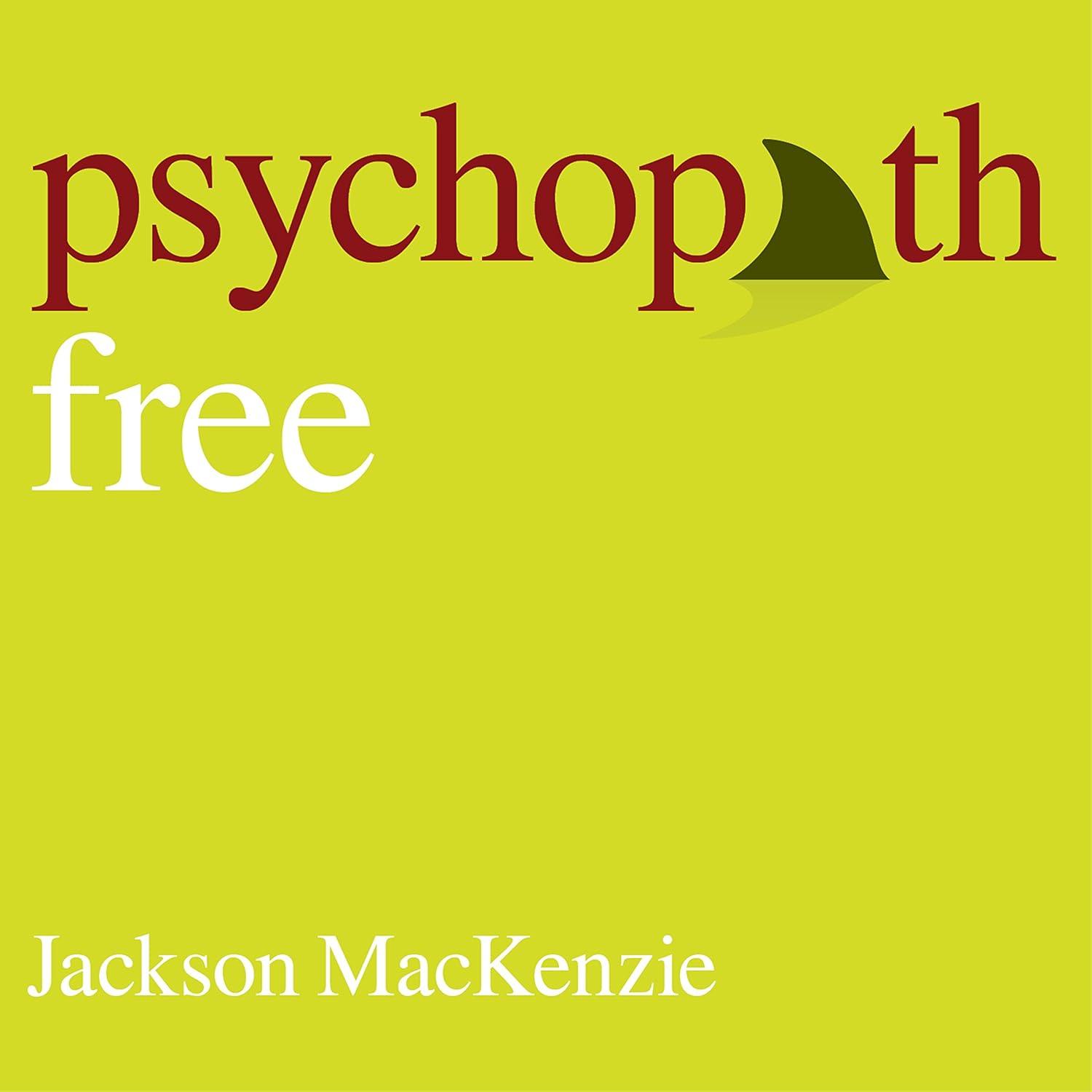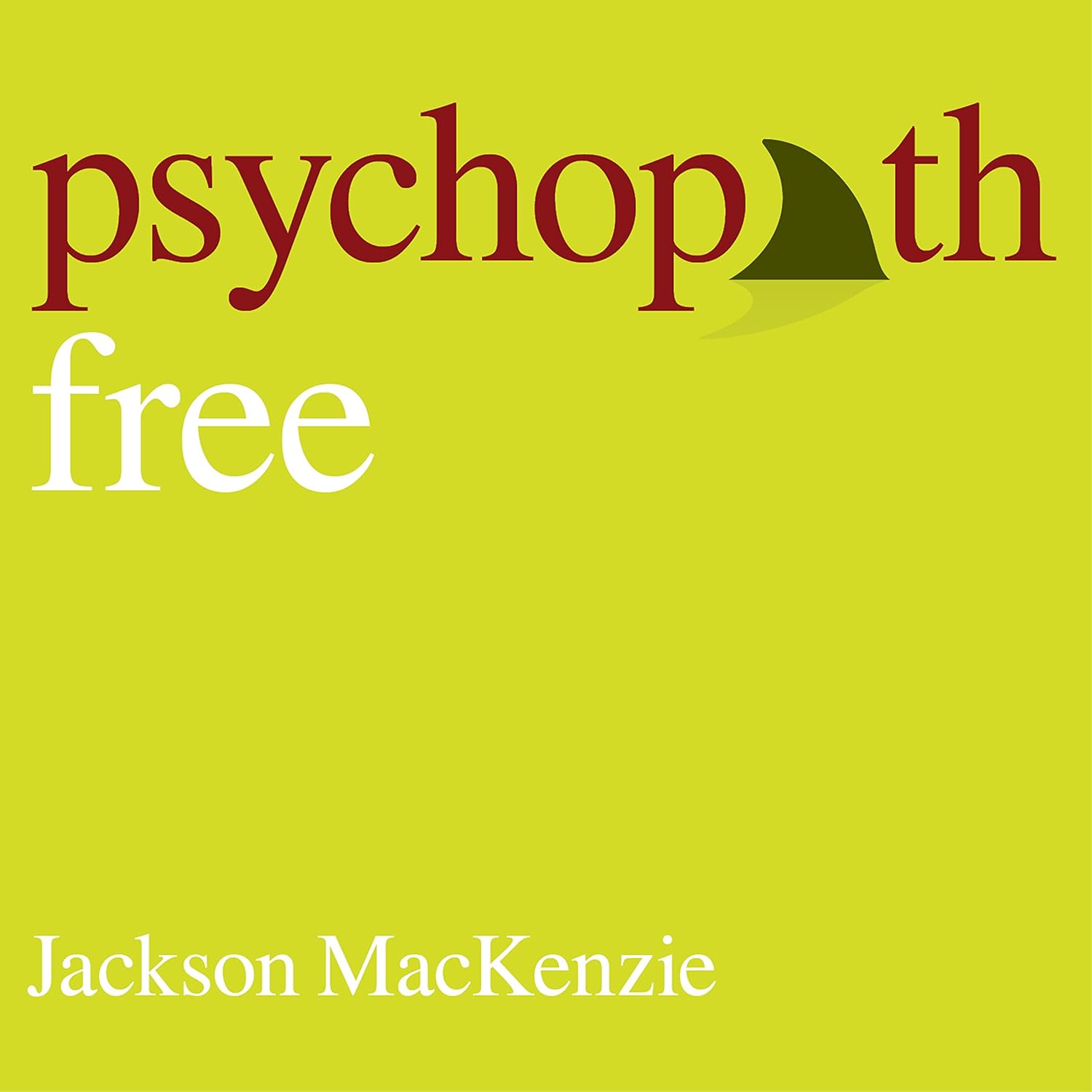As an avid reader who loves exploring the depths of human psychology and relationships, I was immediately drawn to Psychopath Free. The title itself suggested a journey into understanding devastating emotional experiences, particularly those shaped by toxic relationships. Having encountered emotionally charged narratives before, this book piqued my interest as a potential guide for healing and growth.
The premise of the book starts with a stark realization: "The psychopath carefully selects the most indifferent and heartbreaking way imaginable to abandon you." This statement resonates strongly throughout the book and captures the essence of the pain inflicted by such relationships. It promises to help readers find validation, self-respect, peace, and ultimately love — a notion that intrigued and inspired me.
In my exploration of Psychopath Free, I found some compelling strengths that elevate its impact. Many readers, including Katie, noted how relatable and validating the book felt, particularly in understanding the dynamics of relationship with a psychopath. The author managed to capture the essence of betrayal and emotional manipulation, mirroring various experiences I’ve encountered and heard from others. For instance, Katie’s review highlighted how the book helped her understand the psychology behind her painful experiences, allowing her to reclaim her sense of self. Moreover, it provides crucial insights into how to break free from the grips of emotional abuse, which is undeniably empowering.
Another positive aspect mentioned by readers is the holistic approach to recovery. The book assures readers that they are not defined by their pain, but rather by the choices they make thereafter, offering practical tools to aid in the healing process. This perspective was refreshing and encouraging, as it highlights the potential for personal growth and transformation. Reflecting on Kornetz’s touching review, the author’s ability to articulate complex emotions surrounding manipulation and gaslighting resonated deeply. Each page felt like an affirmation that readers are not alone in their struggles.
However, I must address some drawbacks as well. A few readers mentioned that the book can become repetitive at times. While I appreciated the emphasis on certain themes, I found myself longing for a more varied exploration of concepts as the chapters progressed. At times, the extensive reiteration of key points became less impactful.
Additionally, while the book is rooted in empathy for victims, some might find that it occasionally lacks broader discussions about the complexities of these relationships beyond the psychopaths themselves. For example, readers like Jill shared that while the book validated their experiences, it also underscored the agony of questioning what went wrong in the relationship — a perspective not deeply elaborated upon in certain parts.
Overall, Psychopath Free certainly met my expectations. It captured the devastating realities of being in a relationship with a psychopath and, more importantly, emphasized the critical journey towards healing. I found myself pausing often to reflect, feeling a mix of sorrow and strength. The tales of recovery served not only to validate my thoughts but also to prompt discussions about self-care, personal boundaries, and moving forward.
In conclusion, if you’re seeking a resource that walks you through understanding the behaviors of psychopaths and offers a path toward self-discovery and empowerment, I wholeheartedly recommend Psychopath Free. While it has its minor flaws, it ultimately serves as a comforting friend in the chaotic journey of healing. It is an invaluable tool for anyone looking to reclaim their narrative and find their way back to the light.








